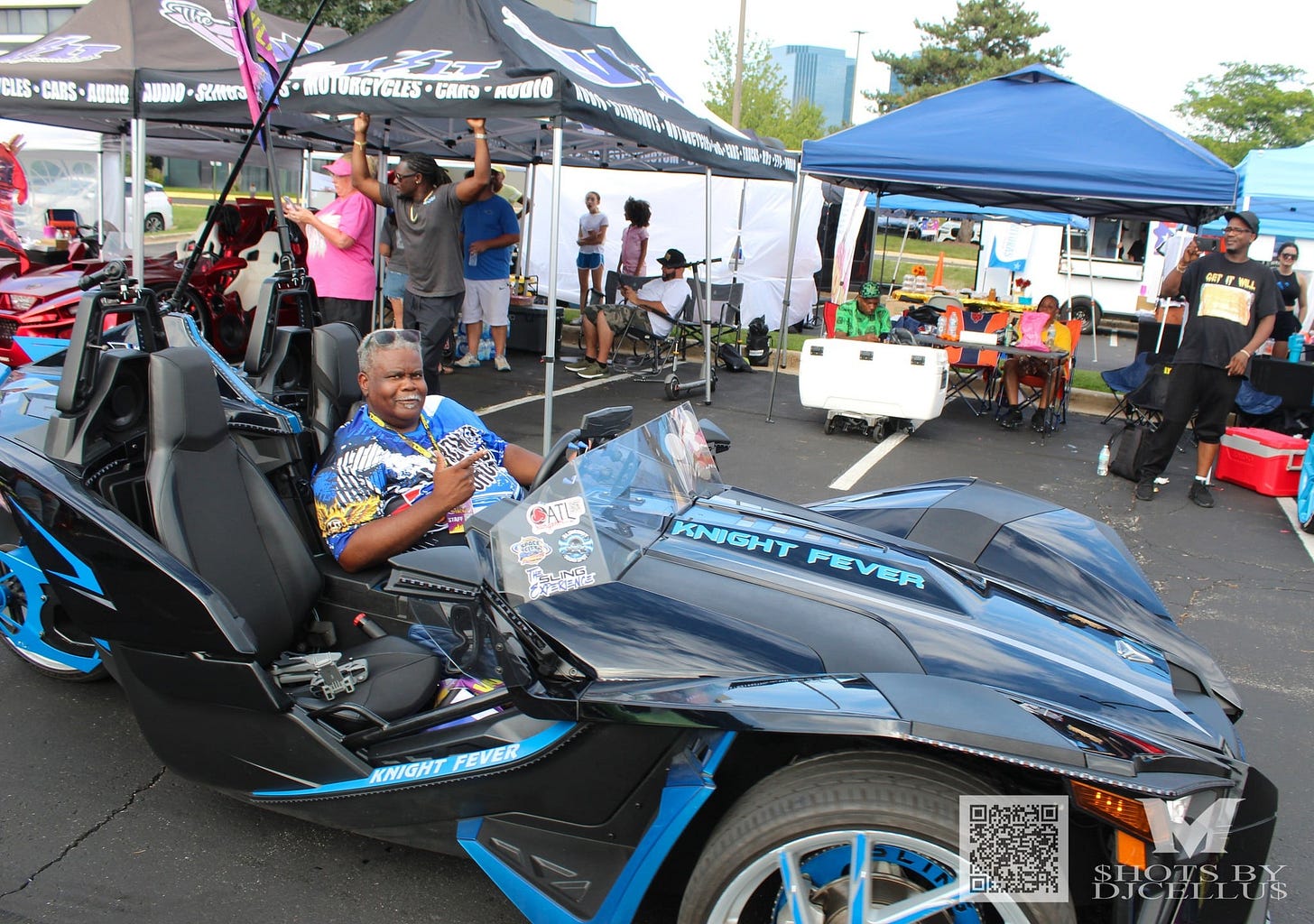Black Slingshot Riders Are Building a New Kind of Freedom on Three Wheels
Across the U.S., Black riders are finding community, joy and purpose through the booming three-wheeled cycle culture, redefining what it means to ride free.
One of the many tell-tale signs of a good, warm day is the blasting of ’90s R&B music as a Black motorcyclist passes you by.
For many Black people throughout the country, three-wheeled motorcycles have become increasingly popular and have sparked creativity, entrepreneurship and community am…
Keep reading with a 7-day free trial
Subscribe to ContrabandCamp to keep reading this post and get 7 days of free access to the full post archives.




